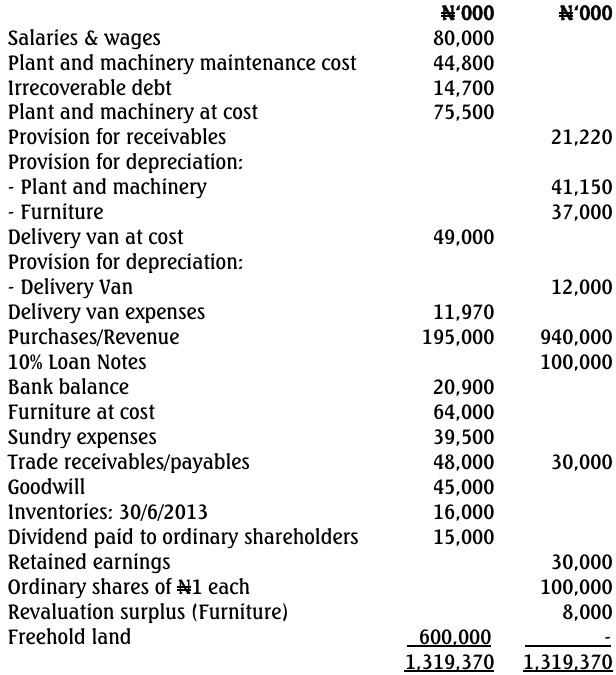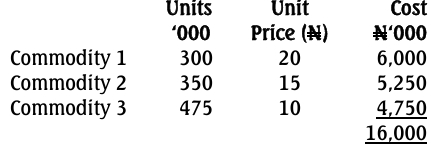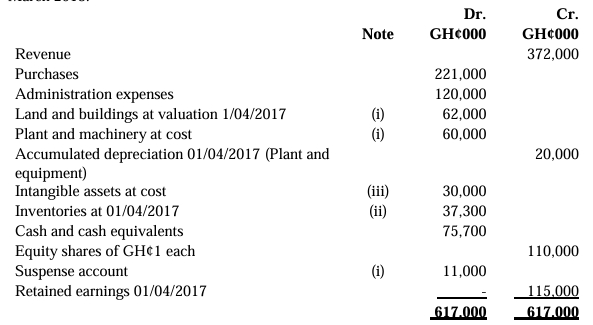- 15 Marks
AAA – Nov 2024 – L3 – Q2a – Audit Risks and Responses for Ecowud Co. LTD
Identifying audit risks in Ecowud Co. LTD and how auditors should respond.
Question
Ecowud Co. LTD (Ecowud) is a sustainable goal-oriented company that develops, manufactures, and sells plywood made from rice husk and plastic waste. The company has a wide customer base, including construction companies and furniture manufacturers across Ghana and West Africa.
You are the Audit Manager of Adomako & Associates and are planning the audit of Ecowud for the year ended 31 December 2023. You and the Audit Engagement Partner attended a planning meeting with Ecowud’s Finance Manager.
You are reviewing the initial meeting notes to develop the audit strategy and plan. The following key matters were captured:
-
Development Expenditure: Revenue for the year was forecast at GH¢32 million. During the year, Ecowud spent GH¢3.5 million on developing new types of plywood. Some of these are in the early stages of development, while others are nearing completion. The Finance Manager intends to capitalize the entire GH¢3.5 million spent on development since all projects are likely to succeed.
-
Inventory Valuation: Ecowud uses a standard costing method to value inventory. However, the company has never updated its standard costs since adopting this policy. The company operates multiple warehouses in Ghana and across West Africa, most of which are third-party rented premises.
-
Accounting Software: A new accounting software was developed internally and implemented in August. The old and new software did not run parallel, as management deemed it burdensome. Two months after implementation, the IT Manager resigned, and a new IT Manager will take over in January 2024.
-
Long-term Loan and Share Capital: Ecowud restructured its finances, raising GH¢2 million through share issuance and GH¢3.5 million through a long-term loan. The loan has bank-imposed financial conditions, including a minimum total asset level. If breached, the loan becomes immediately repayable.
-
Revaluation of Land & Buildings: Ecowud follows a revaluation model for land and buildings. The Finance Manager has announced that all land and buildings will be revalued at the year-end.
Required:
Identify FIVE audit risks in relation to Ecowud Co. LTD and for each risk, explain how the auditor should respond.
Find Related Questions by Tags, levels, etc.







